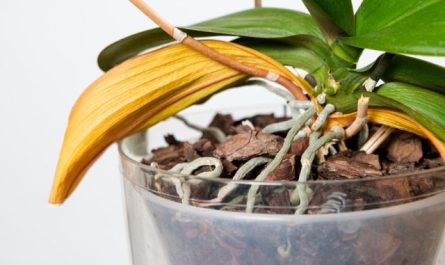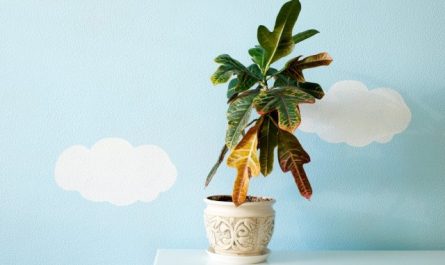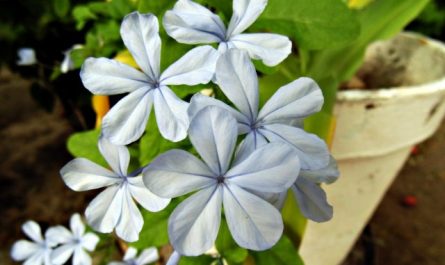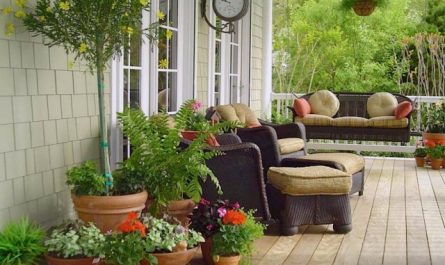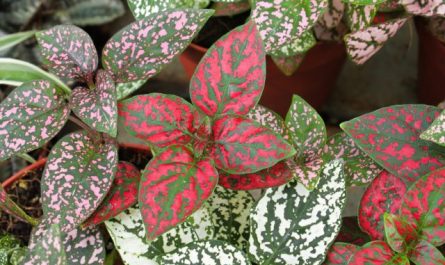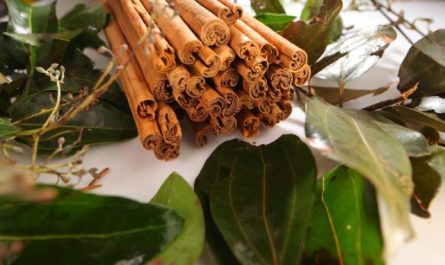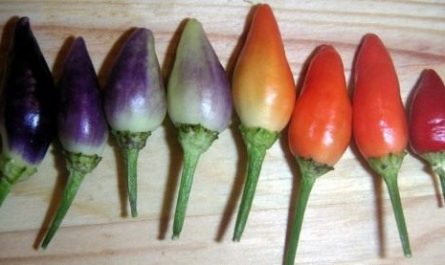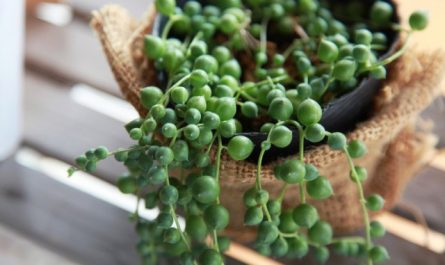The bright, hard leaves of crotons are a very colorful sight in the interior. They seem to have absorbed all the colors of autumn, created by the whim of the artist. But if the beauty of the colors for the codiaeum-croton is almost guaranteed, then the neat shape of the crown is often an exception. Young crotons always look neat and lush, but this problem inevitably affects old leaves. Most often, with age, codiaeums turn into a bright bunch of leaves on unattractive and too long trunks. To keep crotons in shape, you do not need pruning, but only optimal conditions and basic care.
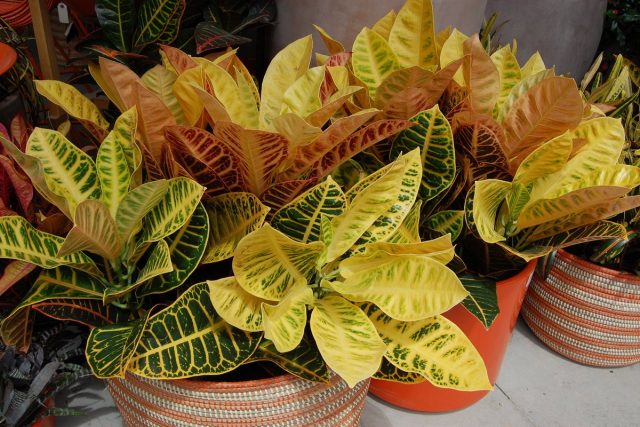
1. Stability in everything – the best crown formation
Crotons are generally quite unpretentious plants. They are content with standard care, are not too demanding to the conditions and are so modern that it is not for nothing that they are included in the lists of the best plants for office landscaping. But if this plant has a drawback, it is associated with a tendency to lose its neat shape, stretch out and become deformed. And not only with age. After all, this is how croton most often reacts belatedly to any mistakes in care.
Crotons are not among the herbaceous plants that are easy to regulate by shaping. They are constant and “stubborn”. If you look after them properly, they will keep their shape for many years. Pinching the top is usually used when it is too late to do anything – when stretching, bareness and deformation, as an alternative to re-rooting the tops or placing bare trunks under a cap to stimulate growth. But it is better not to let it get to this point.
Crotons are true lovers of consistency in everything. They develop most beautifully if they grow in one constant place, without moving and sudden changes in lighting or growing conditions. Stability allows the plant to grow without jumps, evenly, and not alternating periods of rapid growth and stressful stops. And this is how crotons best maintain their compactness. Even the temperature for them should be constant, about 18-20 degrees. In this mode, the risk of rapid leaf fall and accelerated aging is minimal.
2. Lighting correction
The fact that croton stretches out, quickly becomes bare, produces few leaves is most often blamed on the lack of light. But codiaeums are amazingly flexible plants, they grow magnificently in partial shade and in light places, and it is no coincidence that they feel good even inside the office with high-quality and constant artificial lighting.
You should suspect that lighting is the cause of the codiaeum losing its shape only in two cases:
- if the plant is in deep shade or in direct sunlight (before developmental disturbances begin, the leaves will be the first to signal a lack or excess of light);
- in the absence of lighting correction in winter (with the reduction of daylight hours, it is necessary to make the lighting intensity as high as possible to maintain the shape).
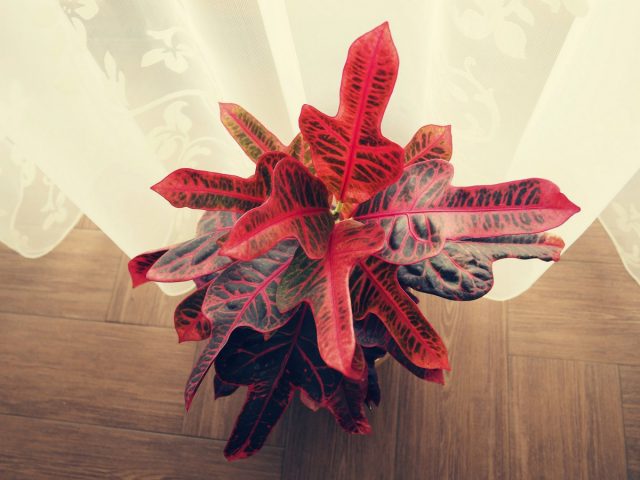
3. Protection from drafts and low temperatures
Croton reacts to hypothermia and sudden temperature changes in the same way – it stops growing. If you restore the normal environment, the plants will begin to develop normally again and the deformation of the shoots will be almost unnoticeable. But with one big “but”: codiaeums in drafts and in the cold also shed their leaves. Since new ones begin to grow only on the tops of the shoots, you just have to put up with the result of such a loss.
To avoid deformation and exposure of the “bottoms”, you just need to protect the plants during ventilation in cold weather and not allow the air temperature to drop below 16 degrees even in winter.
4. Elimination of gross mistakes with watering
Codiaeums react violently but belatedly to drought and dampness. The more often their leaves droop due to insufficient watering, the faster the shoots will stretch out and become bare. As a rule, only with time can you understand how much the errors in watering affected the compactness of the plant, and how they accelerated its aging.
Abundant watering with drying of the top of the substrate, careful monitoring of its drying in winter and the use of warm soft water are the best guarantee that mistakes can be avoided. Although you can always use special indicators or automatic watering systems.
Problems with watering are also associated with the risk of losing croton from gray mold. The rhizome of codiaeums, even after a short period of over-watering, with a one-time stagnation of water, can begin to rot. And the longer you delay with measures, the more the plant will deform and suffer, and the less chances there are to save it.

5. Feeding is needed not only for bright colors
In order for the rich colors of the codiaeum leaves to fully reveal themselves, the plant needs regular feeding. But not only that. After all, if the croton does not have enough soil resources, the leaves begin to shrink, and the shoots become bare and stretch out. But overfeeding is also very dangerous, because rapid growth will not lead to anything good, and resistance to diseases will be greatly reduced.
6. Air humidity affects aging
Despite the lack of requirements to grow codiaeums with humidifiers, humidity levels are often the main factor in the loss of shape and accelerated aging of this hardy plant. Crotons can tolerate a lot, but not too dry air near air conditioners or radiators. And they best retain their compactness and lushness with average air humidity. It is easy to compensate for problems with overdrying – by spraying or installing additional trays with wet expanded clay.
7. Incorrect repotting, soil or pots
Difficulties in the development of crotons are very often associated with ignoring the simple requirement of careful transshipment without contact with the roots. Only the upper contaminated layer of soil and the substrate that freely crumbles itself are removed from the root ball of codiaeums.
If the bushes are withering, look unusually weak, growth is disrupted, and there were no mistakes with watering, you can suspect problems with the pots or soil.
Codiaeums do not like too wide, spacious or, on the contrary, too tight containers. They are allowed to develop freely until the roots appear in the drainage holes, increasing the containers by 1-3 cm (in extreme cases – by 4 cm) in diameter.
Sometimes plants quickly stretch out in plastic, which codiaeum does not like too much, or “indicating” that moisture is distributed unevenly in the soil, there are problems with drainage in the lower part of the substrate. Drainage is essential for croton, as is a neutral soil reaction. In an acidic substrate, the plant suffers, as well as in too dense soil. If the substrate is not based on turf soil and lacks loosening components, you should not count on normal growth of crotons.
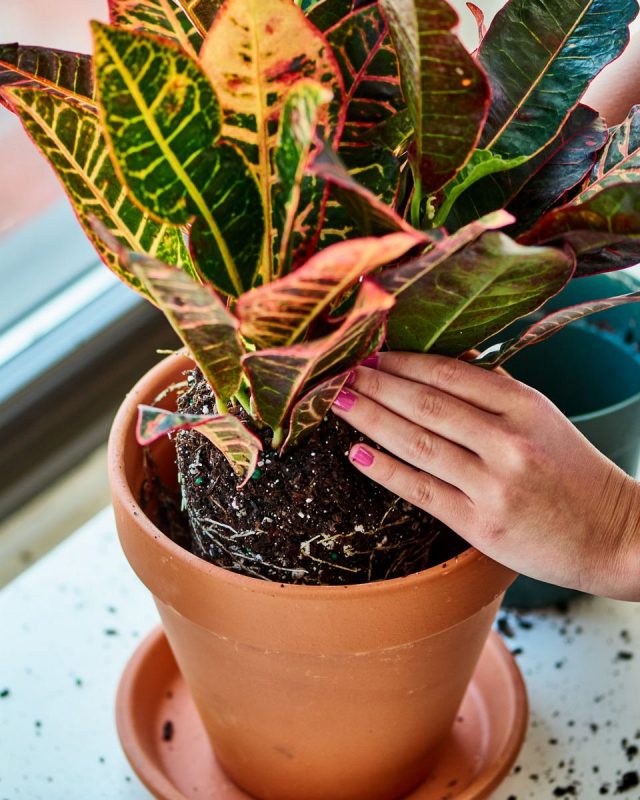
8. Ubiquitous pests
Codiaeums rarely get sick, but if they do, the appearance of pests usually affects not only individual leaves, but also the growth rate. Red spider mites or scale insects are the most common of them. They are usually dangerous in hot and dry air. With codiaeums, you should not delay with measures, immediately begin treatment with insecticides and simultaneously adjust the care.

